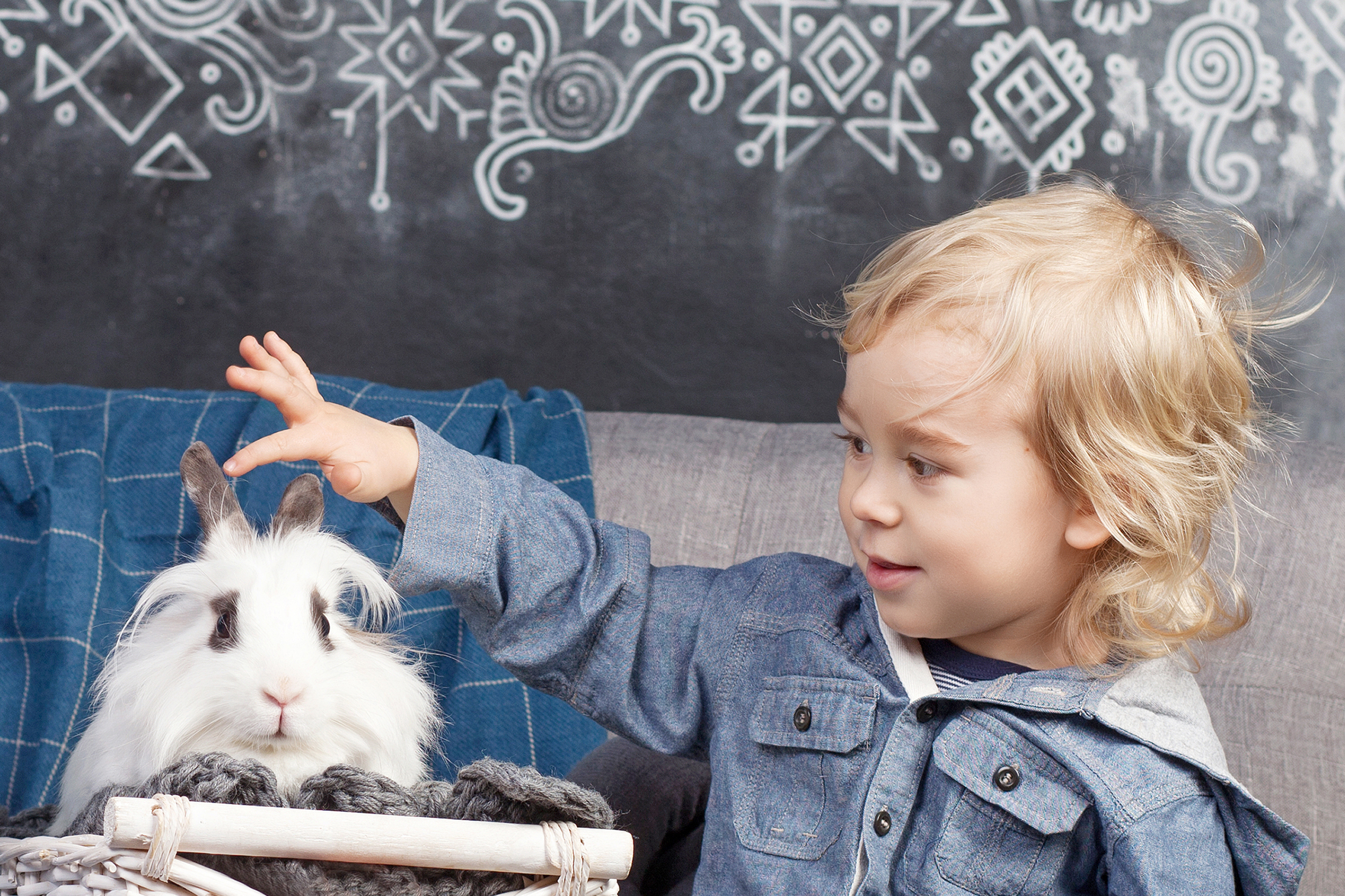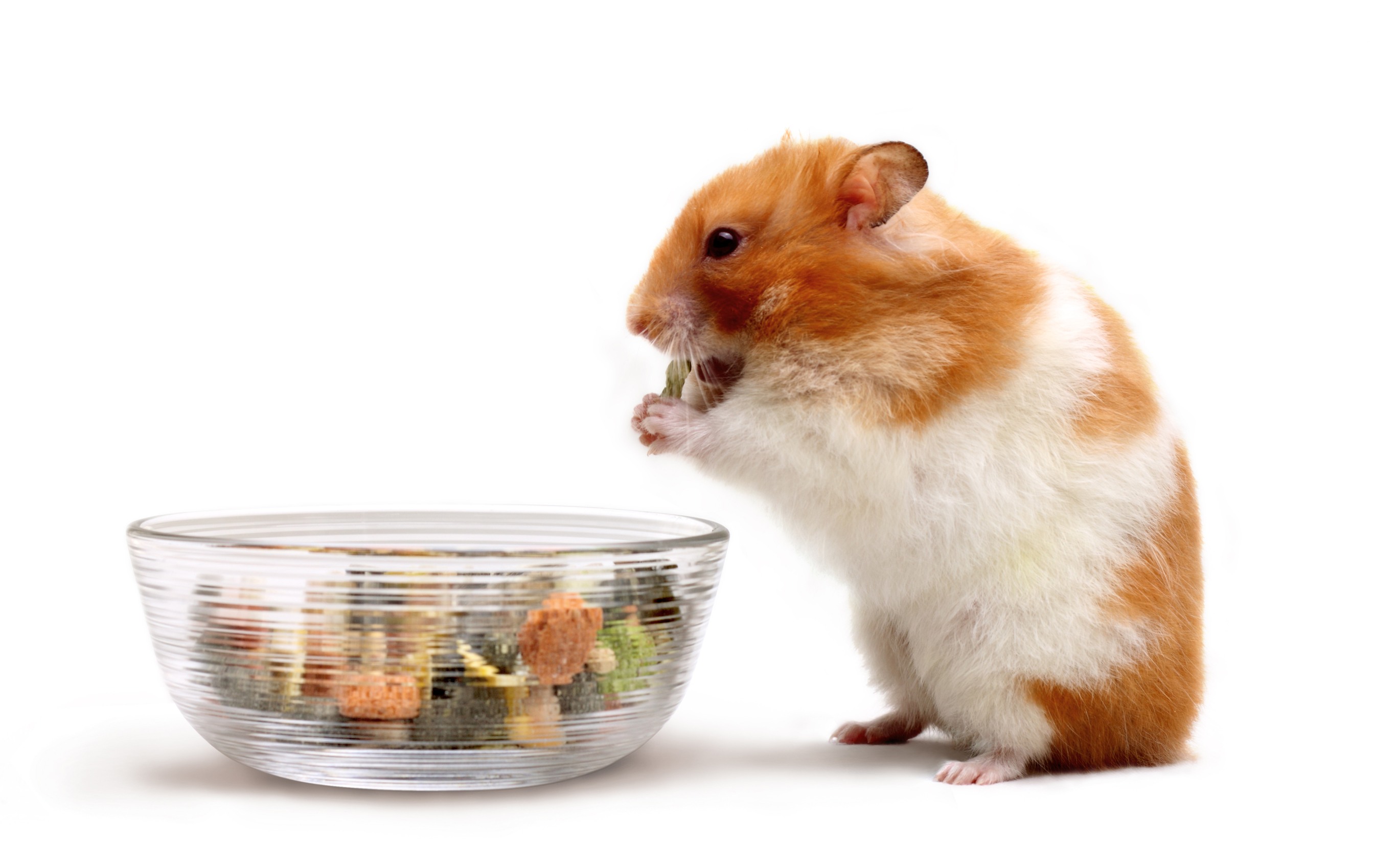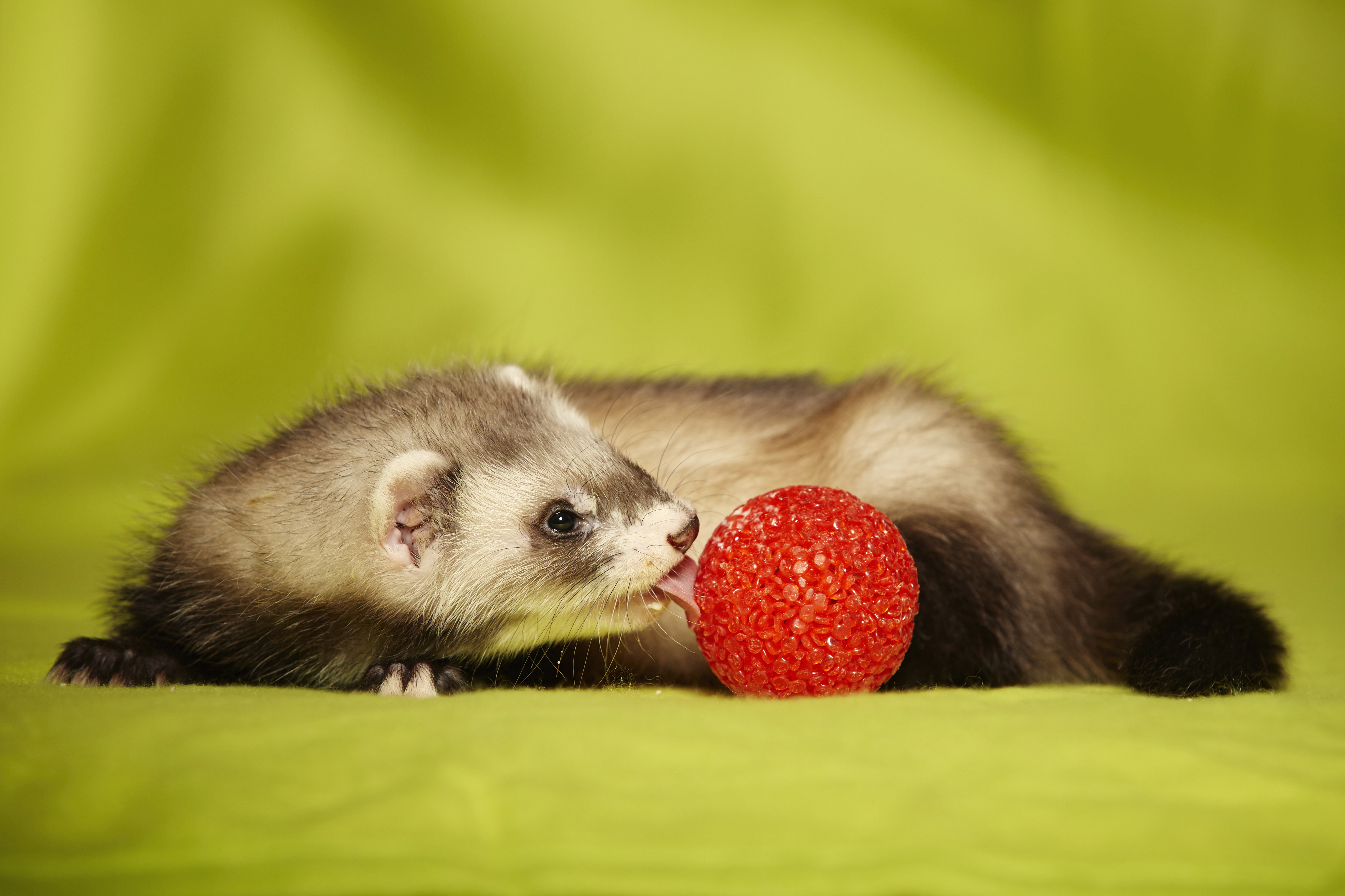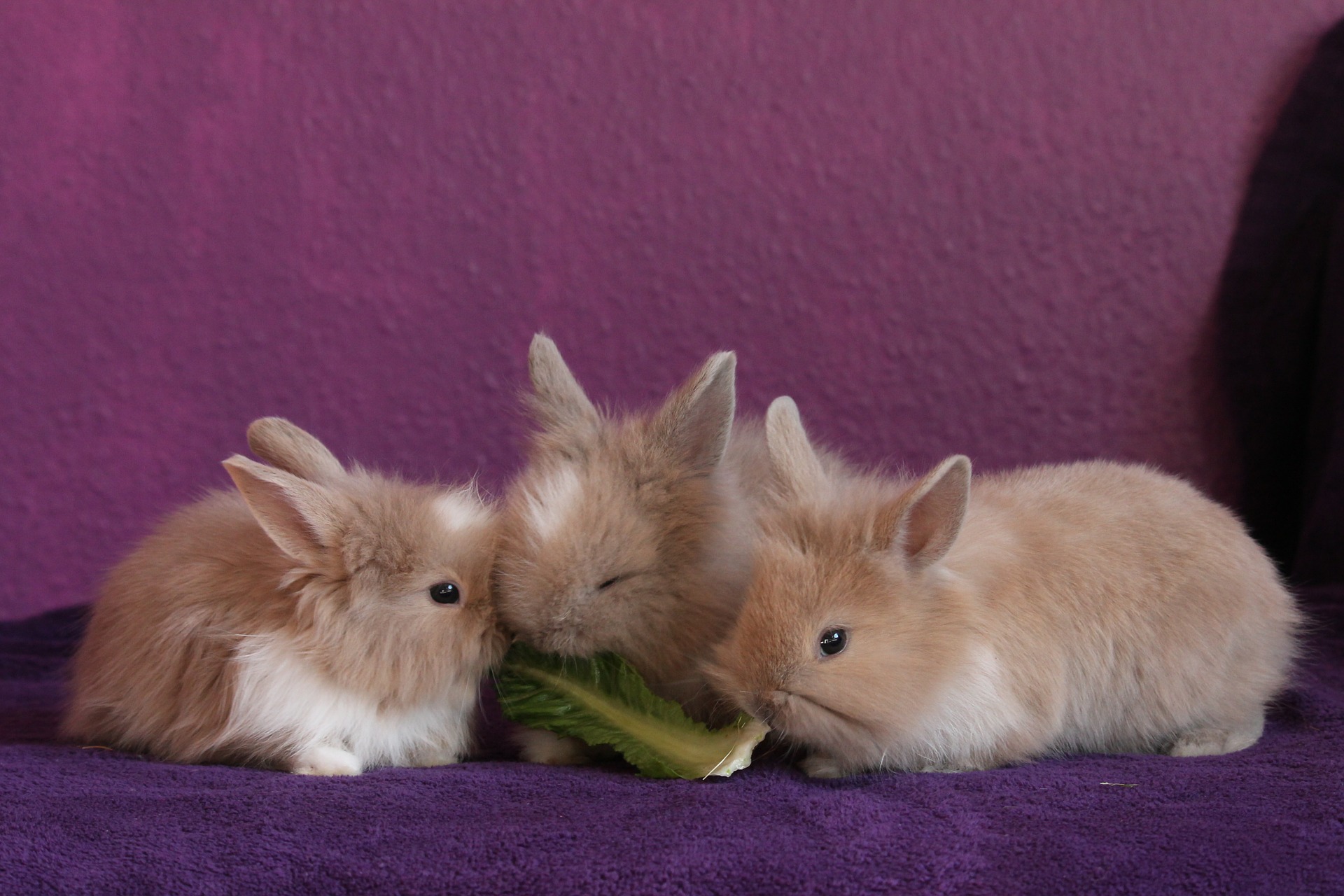Pad Profits with Pocket Pets
Erik J. Martin //October 8, 2018//
Cavies are cute but common place. Rabbits require extra real estate. And mice and rats make some people shudder. But for many folks, hamsters and gerbils are just right, making for the ideal first or supplemental pet and providing a coveted combination of low maintenance and playful fun in an ultra-portable package.
That’s why any self-respecting pet retailer needs to stock this dynamic-duo rodent and the requisite supplies—and in greater quantities.
Gateway to Sales
“Hamsters and gerbils are great beginner pets for kids ages 7 and up. There’s a strong, steady demand for these animals, and they are low-risk additions to your store,” said Kenn Bearman, owner of The Animal Store in Lincolnwood, Illinois, which carries up to 30 hamsters and gerbils at any given time, each selling for $15 and $24, respectively. “If you consider yourself a real pet store, you should have live animals as opposed to packaged goods only.”
Brian Wood, president of FiberCore, LLC—the Cleveland, Ohio-headquartered makers of Eco-Bedding, a non-toxic, paper-based litter product made from 100 percent post-consumer waste—seconds that suggestion.
“Gerbils and hamsters are gateway pets that can teach kids how to care for an animal. A family with a pet hamster will likely come back to the same store when they want to get a dog, for example,” Wood noted. “Offering the consumer something they can’t find elsewhere, like live animals, can give your store an edge that can’t be touched by Amazon, Chewy or big box brick-and-mortar stores.”
But these furry friends aren’t just for youngn’s anymore.
“They appeal to an ever-expanding range of older pet owners. These include young adults, singles and millennials who live and work in more urban areas with smaller spaces for a pet,” said John Gerstenberger, vice president of product development and sourcing for Phoenix, Arizona-based Ware Pet Products, which recently launched a new line of small animal chews, including the Krunchy Karrot, Krunchy Banana and Health-E Cone. “Today, people are more frequently self-educated via internet searches and online research. This has broadened the appeal of hamsters and gerbils.”
Bearman sells more of the former than the latter, likely because “many people are turned off by the fact that gerbils have tails, which reminds them of a rat. But I actually think that gerbils are better pets. I tell customers that they’re awake more often during the day, are often friendlier, and function better in pairs or groups. Hamsters, by contrast, are loners who may not cohabitate well with a partner in the cage.”
At The Animal Store, nearly one-third of gerbil and hamster sales are impulse purchases made by shoppers who come in for something else. Bearman insists that the secret to his success is smart merchandising, offering a colorful variety of livestock, using high-visibility class cages that are cleaned regularly, and letting customers hold and pet the animals.
“They’re friendly here because we take the time to socialize them,” added Bearman, noting that he recruits older children volunteers to handle and interact with the hamsters and gerbils.
Focus on Necessities
A successful hamster and gerbil set starts with acclaimed edibles.
“A nutritionally balanced, fortified food should make up the majority of the daily diet for hamsters and gerbils. So it’s important to carry high-quality options your customers can trust, including a uniform kibble,” said Lucas Stock, communications manager for Omaha, Nebraska’s Oxbow Animal Health, known for its Essentials and Garden Select brands of hamster and gerbil food.
Other recommended diets include Brown’s Tropical Carnival Gourmet Hamster & Gerbil Food; Vitakraft Sunseed’s SunSations Natural Hamster & Gerbil Formula; Small World Complete Feed for Hamster & Gerbil; and Hagen Hamster & Gerbil VME (Vitamin and Mineral Enriched).
Treats are plentiful in this subcategory, too. Standouts include eCOTRITION’s Yogies cheese-flavored yogurt treats; Supreme Tiny Friends Farm Lovelies Hamster Treats, featuring heart-shaped banana-, strawberry- and apricot-flavored yummies; Kaytee’s Timothy Hay Baked Apple Small Animal Treats; and Higgins’ Sunburst Freeze-Dried Fruit Berry Patch treats, offering raspberries, strawberries, cranberries and blueberries.
Goods that foster mental stimulation and physical activity are worthy of shelf space, too.
“Hamsters and gerbils are adventurous in their surroundings and very intelligent. Providing a high quality of life for these pets means finding fun and creative ways to add enrichment in their daily routine, which can be accomplished with toys and accessories,” added Stock, citing Oxbow’s Timothy Hideout as an example. Other notables in this sub-category are A&E’s Pet Hut Hideout and Ware’s Burrow-N-Buggy, which can be used as treat holders and temporary sanctuaries.
Offering an assortment of enclosures makes sense, as well, especially if you sell the pet for which they’re made. Plenty of colorful, fun and affordable habitats are available today, among them Prevue Pet Products’ Deluxe Hamster & Gerbil Cage; MidWest Homes for Pets’ Critterville Arcade, boasting a vertical play space adjacent to the main enclosure; and Ware’s Chew Proof Small Animal High Rise, which fits atop any 10-gallon aquarium to make for a multi-level mansion.
Countless toys and exercise products also abound, like Kaytee’s Silent Spinner, Exotic Nutrition’s Wodent Wheel and Living World’s Hamster Wheel. Experts caution that it’s important to remind customers to choose an appropriately sized and designed exercise wheel for gerbils and hamsters (remember, too, that they are not suitable for guinea pigs).
Sales Floor Secrets
Staying in the black with gerbil and hamster SKUs requires careful planning and merchandising.
“Vertical merchandising is always recommended. Keeping all of the products associated with a specific pet or category in one spot helps your customers find what they’re looking for quickly, compare products side-by-side, and purchase with confidence,” said Amanda Altman, marketing coordinator for Wolcott, New York-located Marshall Pet Products, famous for its Peter’s brand of nature treats for small animals, made from all-natural ingredients. Bearman agrees.
“We keep gerbil and hamster products grouped together in the same section, often by brand,” he said. “However, we place the bedding in the back of our store because it takes up too much shelf space in the small animal aisle. Plus, it’s a common staple that patrons come back for regularly, so we want them to travel farther to get it, which encourages impulse buys along the way.”
Lastly, remember that the best way to market gerbil and hamster supplies is to insert them consistently into your live animal cages.
“A customer is more likely to purchase when they see how the animal interacts than if it just sits on the shelf,” Altman said.



















